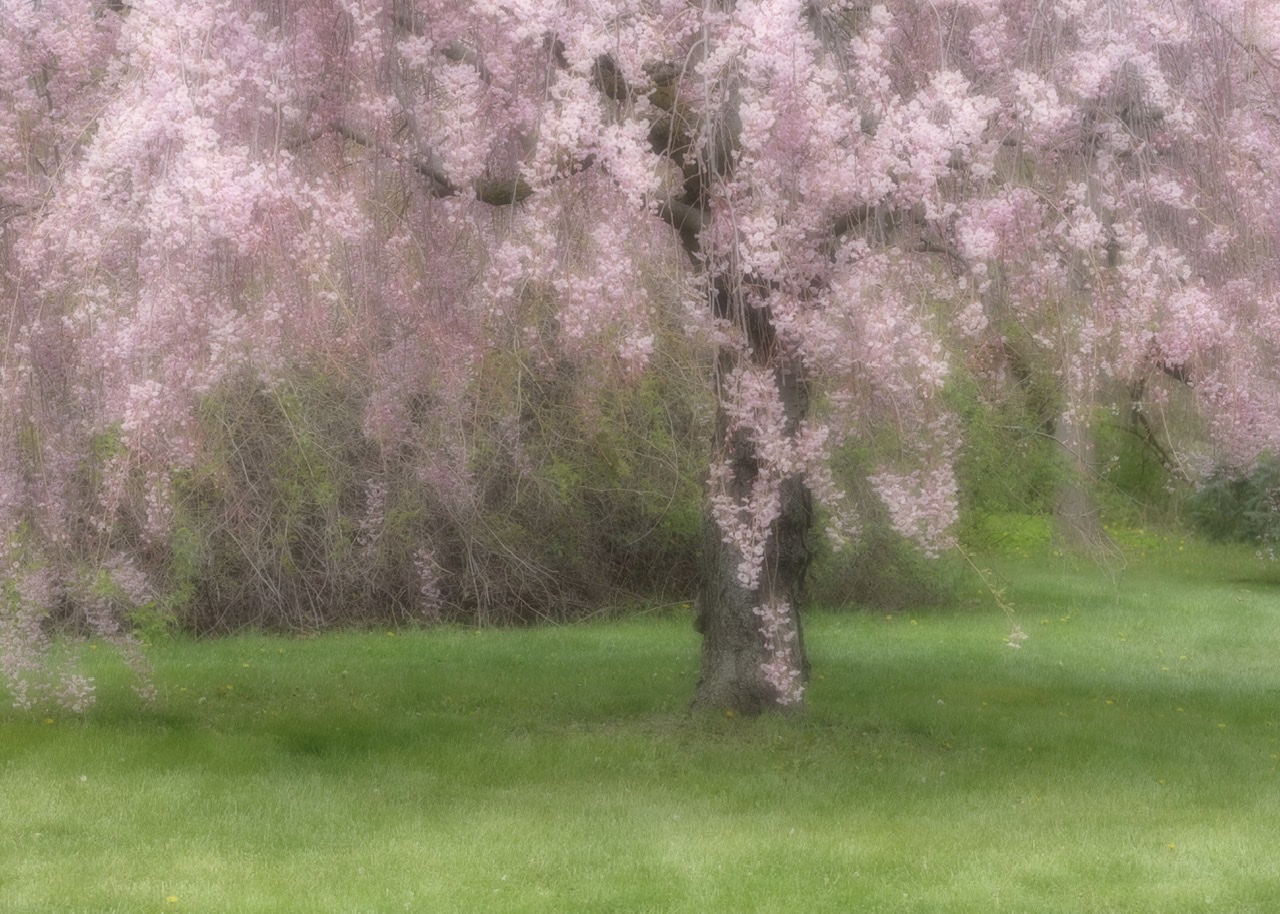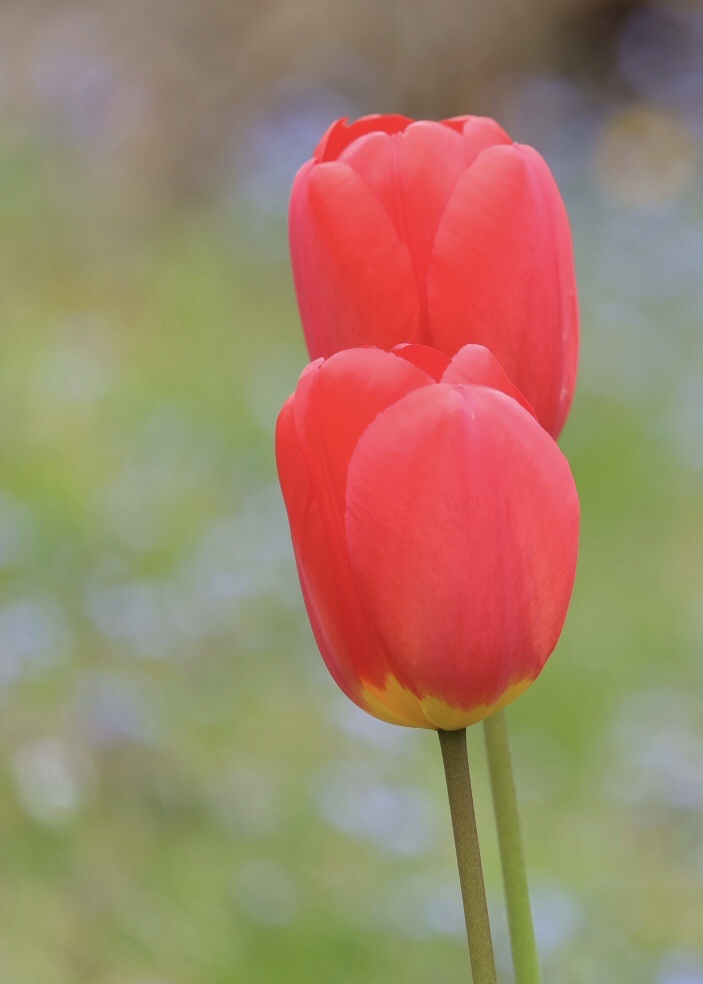
Your Biome
But first, let’s take a look at the big picture – the biome. Earth is made up of three biospheres – water, land, and atmosphere – that continuously cycle oxygen, nitrogen, and carbon from clouds to land and bodies of water and back again. Last week you brought your awareness to the water cycle. These cycles provide the conditions for life to thrive.
Biomes are a way of further classifying ecosystems. They divide the Earth’s surface based on climate patterns, soil types, and the animals and plants that inhabit an area. In other words, a biome is a community of plants and animals living together in a certain kind of climate. Biomes are divided into five basic types: aquatic, forest, desert, tundra, and grassland. These five types can be further divided by differences in seasons or animal and plant species. (Source)
Every inch of the Earth’s surface is a part of one or more biomes. What’s yours?
Here’s a map of the world that will help if you’re not sure. I live in a temperate deciduous forest biome.
The Flora
”Water, soil, and the earth’s green mantle of plants make up the world that supports the animal life of the earth. We could not exist without the plants that harness the sun’s energy and manufacture the basic foodstuffs we depend upon for life. Our attitude towards plants is singularly narrow. If we see any immediate utility in a plant we foster it. If we find its presence undesirable or merely a matter of indifference, we may condemn it to destruction. The earth’s vegetation is part of a web of life in which there are intimate and essential relations between plants and the earth, between plants and other plants, between plants and animals. Sometimes we have no choice but to disturb those relationships, but we should do so thoughtfully, with full awareness that what we do may have consequences remote in time and place.” ~ Rachel Carson, Silent Spring
Rachel Carson shows us the big picture of the web of life. How well do you know the flora of your place? And, more importantly, their relationships with the soil, other plants, and animals? Plants have many responsibilities that we often take for granted. They purify the air; they exchange carbon dioxide exhaled by animals with oxygen; they convert the energy of sunlight into foods that sustain all animals, and from the soil, draw minerals – nitrogen, potassium, calcium, iron – that are essential for animal health and growth. They provide shade from the sun, refuge from predators, and protection from weather.
In other words, they’re fundamental to the health and stability of the local ecosystem.
Go to a place filled with a diversity of elements of an ecosystem – a water body (creek, stream, river, lake, ocean), a park or garden, a conservation or wilderness area, or your own backyard. Sit and listen and observe how everything has it’s place and how everything fits together. Imagine the relationships. At any point in time, plant life is growing or decaying. What’s growing and decaying right now in your place?
What to Do
- Draw a leaf or plant or tree in all its intricate detail.
- Collect leaves. Do leaf rubbings or photograph them with reverence.
- Observe and photograph fungi, mosses, lichens. Read this about lichens.
- Contemplate a tree. Here’s a practice from Emergence Magazine, called Befriend a Tree.
- Make a colour map of a garden or create colourful photographic impressions.
- Identify and photograph native and invasive plants in your place.
- Who are the plant stars at this time of year? What’s growing that normally gets overlooked?
- Take a Forest walk with this podcast episode as a guide.
- Plant something native. Or, pull an invasive plant.
Note: There is a phone app called iNaturalist. which helps identify plants and allows scientists to track what’s growing in a particular area at a particular time. See if it’s available for you.

Optional: Learn about your Soil
”The thin layer of soil that forms a patchy covering over the continents controls our own existence and that of every other animal of the land. Without soil, land plants as we know them could not grow, and without plants no animals could survive. It’s also true that soil depends on life, as it was born of a marvellous interaction of life and non-life eons ago. As volcanoes poured out in fiery streams, and waters running over bare rocks wore away even the hardest granite, and frost and ice split and shattered rocks, living things began to work their creative magic and these inert materials became soil. Life not only formed the soil, but other living things of incredible abundance and diversity now exist within it. By their presence and activities the myriad organisms of the soil make it capable of supporting earth’s green mantle.” ~ Rachel Carson, Silent Spring
The health of the flora is dependent on the health of the soil. Soil is an amazing natural resource that can be categorised into types, each with distinct characteristics. These are sand, clay, silt, peat, chalk and loam. You can read more here. In my area, the plain located between Lake Ontario and the Niagara Escarpment is mostly made up of sandy soils with clay subsoil, which is why it’s ideal for growing tender fruits. If you’re interested in learning more about your soil, consider these questions.
- What soil types are common in your area?
- What is the quality of soil in your area?
- Dig up some soil in your yard or somewhere else. Describe how it feels and determine its type.
Share your photos and experiences wherever you post and use the hashtag #discoveryourplace. Most of us seem to be on Instagram these days.